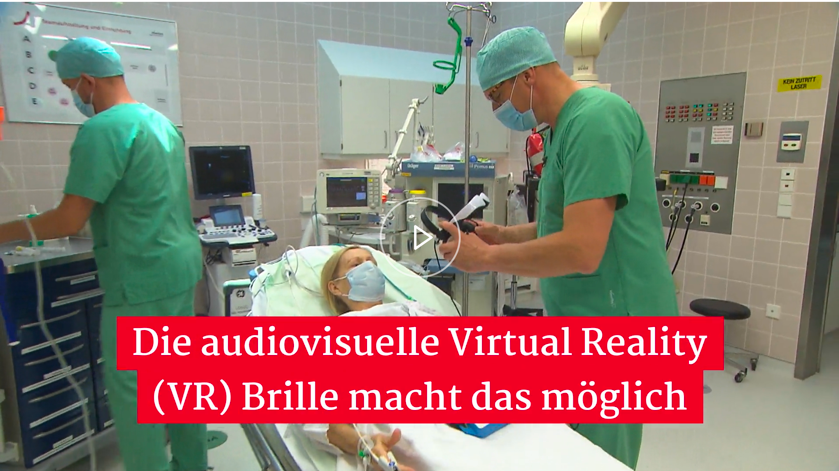Augmented reality is creating both positive and negative experiences on social media.
Augmented reality has been thriving on social media in the past few years. From Snapchat and Instagram to Facebook, social media platforms have been using it to create all kinds of filters and experiences for their users. However, AR is no longer just for fun and games.
An app called Spotselfie has been using augmented reality to enhance the online experience by blurring the divide between the real and virtual world. For instance, you walk into a room full of people. You whip out your smartphone and open the app. All you have to do is point your camera to the people in the room, then it’ll show their online profiles.
Right off the bat, it sounds concerning. What does this mean for user privacy and protection? Will it increase online threats?
How Is Augmented Reality Changing Social Media?
Many social media users see AR as a fun and engaging tool that brings us cute photo filters and interactive games. While these experiences might seem like harmless fun, we should all be concerned about giving AR apps access to personal information and private spaces.
Lately, we’ve been starting to see a glimpse of the future of augmented reality in social media. Spotselfie, as mentioned, enables you to find a person’s profile by scanning people’s faces with your smartphone’s camera. Given the rise of online privacy and ethical issues, it will most likely spark legitimate concerns about privacy and security. Moreover, it will raise new concerns about the future of AR in social media.
There are real dangers on the internet, such as predators and scammers. Blurring the offline and online divide could potentially make users, especially teenagers, vulnerable to these dangers.
On the other hand, its face recognition might also help prevent predators from hiding behind fake photos and profiles in online communities. That, however, won’t necessarily stop them from taking advantage of the personal information available to them.
Since Spotselfie is the first of its kind, it’s too early to determine its impact on online communities. Perhaps with strict age restrictions, privacy regulations, and community guidelines, augmented reality might enhance the social media experience without compromising our safety.
Why Should AR Concern Us?
While AR is an exciting piece of technology, it also comes with a growing set of problems because it can collect massive amounts of data.
Your photo filters are no exception. Whether on Instagram or Snapchat, AR tech can make a 3D layout of your face, where the filters will be overlaid. If you use AR in your surroundings, like in Pokémon Go, it will be able to determine the dimensions of the room and the objects around you.
The question is: what will these social networks do with that information? We don’t know for sure because there is a lack of transparency when it comes to our data. Will the data be stored on the device? The cloud?
More importantly, who has access to our data? Community administrators? Advertisers?
Unfortunately, AR can potentially lead to synthetic reality, which is a mix of natural and human-made elements. Think of deepfakes that are layered on top of real-world environments. They’ll cause a lot of damage to the people affected.
Thus, now more than ever, we must demand discussions on these risks with developers, regulators, and digital rights communities.
Is Augmented Reality the Future of Social Media?
AR will continue to be a huge part of social media in the coming years, whether in the form of games or filters. Spotselfie’s AR feature, on the other hand, might not be as well-received as other augmented reality experiences. If privacy and security are big concerns, the mainstream market won’t be too pleased with it. Just like with Google Glass.
When users wore the AR glasses in public, they would get attacked by people who felt like their privacy was getting violated. Although Spotselfie doesn’t require glasses, and is less conspicuous, it might still raise negative reactions.
Augmented reality has vast potential, which has yet to be fully realized. As it advances, hopefully, it’ll prioritize our security and privacy. If not, then, as consumers, we can continue to voice our concerns and demand for change until our needs are met.
Quelle:




